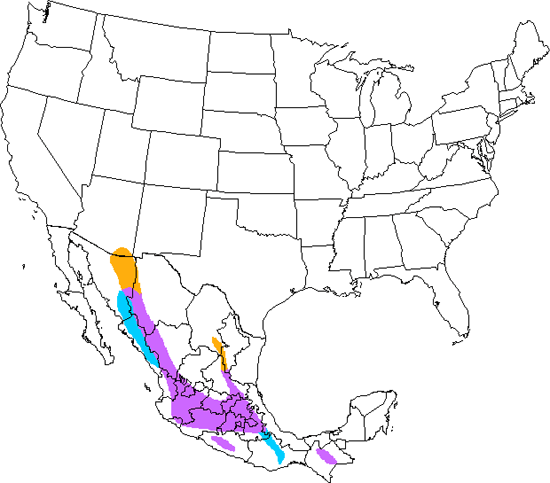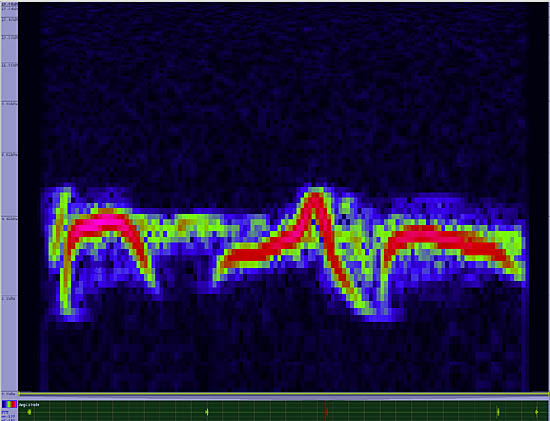Buff-breasted Flycatcher
Empidonax fulvifrons

Perching

Length: 5 in. (13 cm )
This small flycatcher occurs in loose colonies in montane pine-oak woodlands. It forages from low to mid levels of the trees by hawking insects out of the air or occasionally snatching them off of leaves. The nest is cup-shaped and placed on a horizontal branch at mid to high levels in the crotch of a tree. It is constructed from grass, leaves and hair.
The four-digit banding code is BBFL.
Bibliographic details:
- Article: Buff-breasted Flycatcher
- Author(s): Dr. Biology
- Publisher: Arizona State University School of Life Sciences Ask A Biologist
- Site name: ASU - Ask A Biologist
- Date published: 13 Jul, 2017
- Date accessed: 11 July, 2025
- Link: https://askabiologist.asu.edu/activities/bird/buff-breasted-flycatcher
APA Style
Dr. Biology. (Thu, 07/13/2017 - 15:36). Buff-breasted Flycatcher. ASU - Ask A Biologist. Retrieved from https://askabiologist.asu.edu/activities/bird/buff-breasted-flycatcher
Chicago Manual of Style
Dr. Biology. "Buff-breasted Flycatcher". ASU - Ask A Biologist. 13 Jul 2017. https://askabiologist.asu.edu/activities/bird/buff-breasted-flycatcher
MLA 2017 Style
Dr. Biology. "Buff-breasted Flycatcher". ASU - Ask A Biologist. 13 Jul 2017. ASU - Ask A Biologist, Web. https://askabiologist.asu.edu/activities/bird/buff-breasted-flycatcher
Be Part of
Ask A Biologist
By volunteering, or simply sending us feedback on the site. Scientists, teachers, writers, illustrators, and translators are all important to the program. If you are interested in helping with the website we have a Volunteers page to get the process started.







